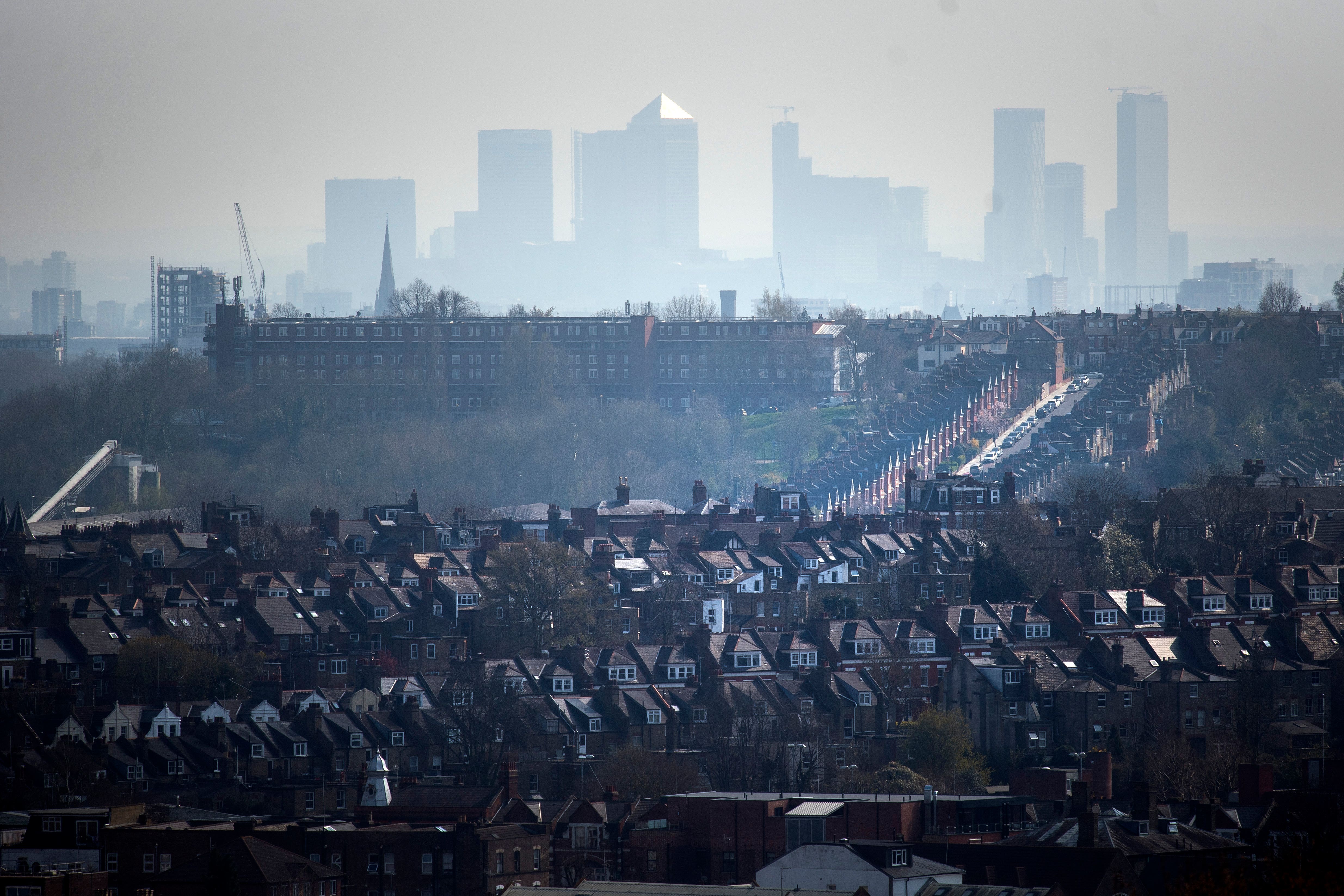Air pollution hits 20-year low but public health risks remain – think tank
Almost all of England is still exposed to levels that the World Health Organisation associates with significant public health risks, researchers said.

Your support helps us to tell the story
From reproductive rights to climate change to Big Tech, The Independent is on the ground when the story is developing. Whether it's investigating the financials of Elon Musk's pro-Trump PAC or producing our latest documentary, 'The A Word', which shines a light on the American women fighting for reproductive rights, we know how important it is to parse out the facts from the messaging.
At such a critical moment in US history, we need reporters on the ground. Your donation allows us to keep sending journalists to speak to both sides of the story.
The Independent is trusted by Americans across the entire political spectrum. And unlike many other quality news outlets, we choose not to lock Americans out of our reporting and analysis with paywalls. We believe quality journalism should be available to everyone, paid for by those who can afford it.
Your support makes all the difference.Air pollution in England has hit a 20-year low but current levels could still pose significant risks to public health, a group of economic experts has said.
Research from the Institute for Fiscal Studies (IFS) found it fell dramatically during the Covid-19 pandemic and has remained at lower levels ever since.
The economics-focused think tank said average levels of PM2.5 – tiny particles that penetrate deep into the lungs – dropped by 54% between 2003 and 2023.
Two-thirds of this decrease occurred in 2020 when England first went into lockdown, it said.
Growing evidence suggests fine particulate air pollution is extremely damaging for health, particularly for children and the elderly.
The IFS research, funded by the Economic and Social Research Council, found that almost everywhere in England was below the country’s 2040 target for PM2.5.
It came after the share of the population exposed to levels above the target fell from 99% in 2003 to less than 0.1% in 2023.
However, 96% of England’s population is still exposed to levels that the UN’s World Health Organisation (WHO) associates with significant public health risks, with its more stringent recommended limit.
New clean air zones in several of England’s largest cities, and reduced steel production may have both played a role
Bobbie Upton, research economist at the IFS and an author of the report, said the overall decrease could be attributed to different factors.
“It is hard to fully explain the striking drop in air pollution that started in 2020, during the Covid pandemic,” he said.
“New clean air zones in several of England’s largest cities, and reduced steel production may have both played a role.”
Elsewhere, the researchers found that inequalities still exist across England despite the overall drop.
Ethnic minorities were exposed to levels of air pollution 6% higher than average levels for white populations in 2023 – albeit down from 13% in 2003.
The researchers said the fall in the “ethnic pollution gap” was initially down to ethnic minorities moving to less polluted parts of the country, especially relocating from London to a smaller city.
But since 2019, areas with large ethnic minority populations – namely London and the Midlands – have also experienced substantial decreases in air pollution itself.
The IFS also found that lower-income areas have persistently higher levels of air pollution than richer areas.
In 2023, individuals in the top 20% most deprived areas experienced 8% higher average PM2.5 concentrations than those in the bottom 20%.
Mr Upton said progress on reducing air pollution must continue to support public health and reduce health inequalities.
“The good news for Government is that there are policies, such as supporting research and innovation in electrifying steel production, that both move towards net zero and reduce air pollution,” he said.